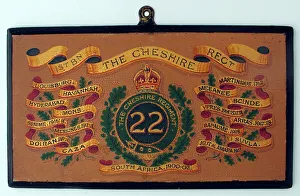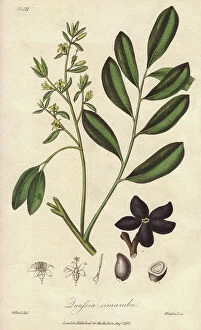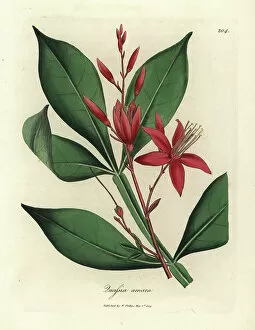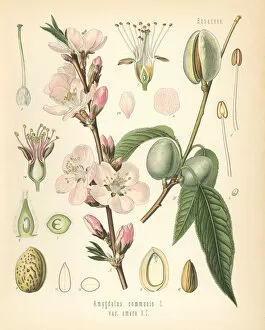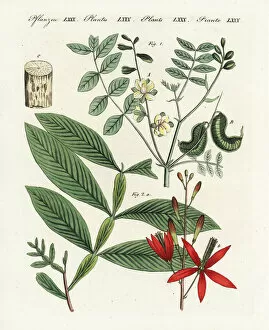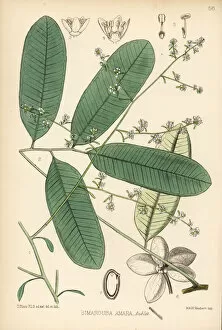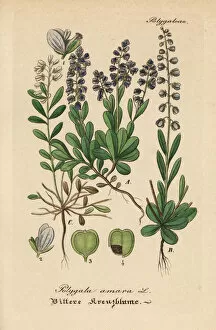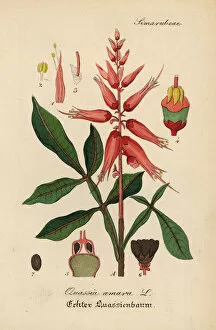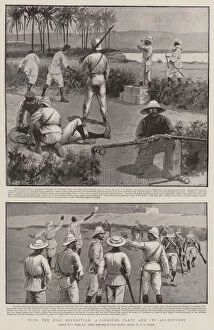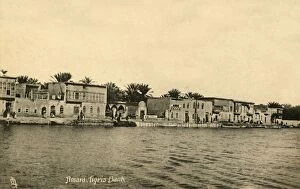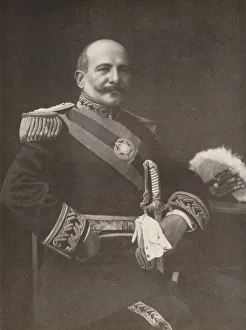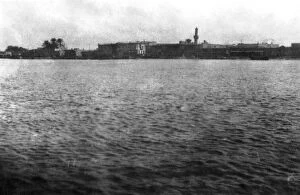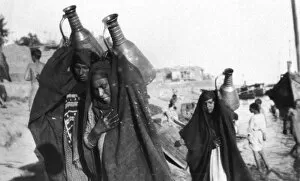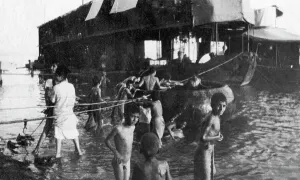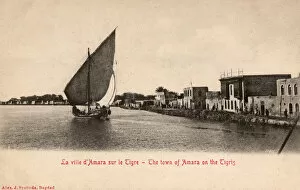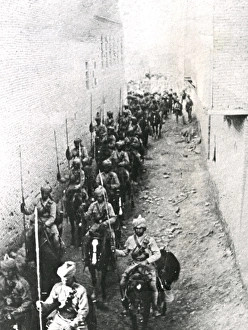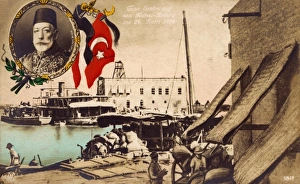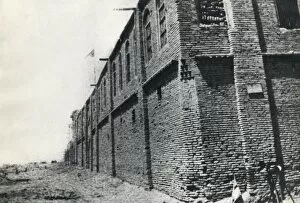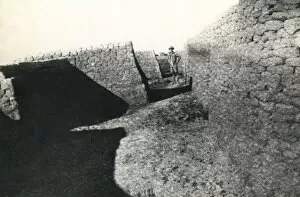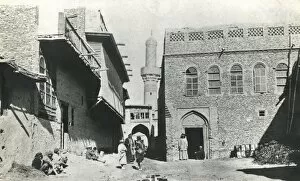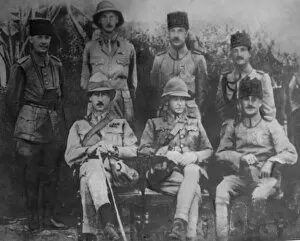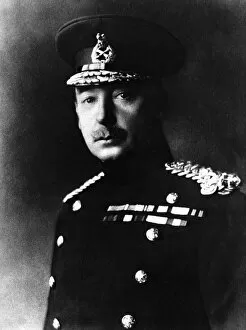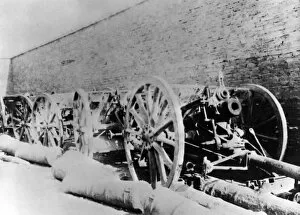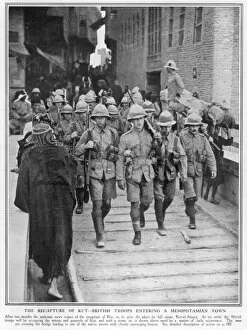Amara Collection
Amara, a name that carries various meanings and connections across different realms
All Professionally Made to Order for Quick Shipping
Amara, a name that carries various meanings and connections across different realms. From the 1st Battalion Cheshire Regiments regimental drum to the town on the River Tigris in Iraq, this name resonates with history and significance. But beyond its geographical references, it is associated with nature's wonders. The red flowered bitter quassia, scientifically known as Quassia amara, showcases the beauty found within bitterness. Similarly, Amargo or Quassia amara represents a plant that holds both medicinal properties and a sense of resilience. In the realm of flora, Amara finds itself linked to other species such as European black elderberry (Sambucus nigra), bitter candytuft (Iberis amara), almond tree (Amygdalus communis), and bitter-ash or hombre. These plants symbolize strength in adversity and remind us that even amidst bitterness, there can be sweetness if we look closely enough. Moving beyond plants into herbal remedies, Alexandrian senna and amargo offer healing properties for those seeking relief from ailments. Meanwhile, Sumaruppa or maruba (Simarouba amara) presents another facet of nature's diverse offerings. Lastly, we encounter bitter milkwort (Polygala amara), which serves as a reminder that life's challenges can sometimes lead us towards growth and transformation. Amidst these varied hints lies an intricate tapestry woven by history, nature's bounty, and human ingenuity. Whether it be through military associations or botanical marvels like red flowered quassia or almond trees' delicate blossoms - Amara invites us to explore its multifaceted essence.

